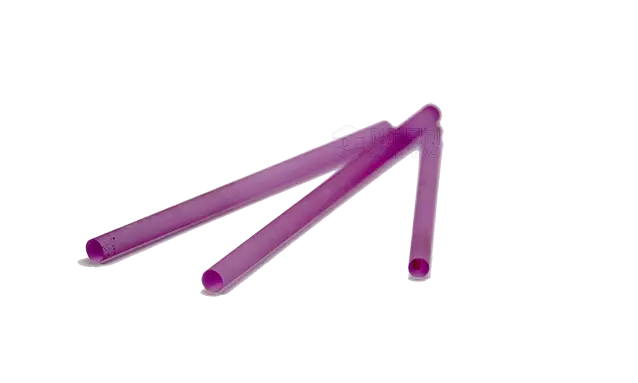In the realm of cosmetic dermatology, Intense Pulsed Light (IPL) and Nd:YAG lasers are two popular treatments that address a variety of skin concerns. While they share the commonality of using light energy to improve skin conditions, they differ significantly in their mechanisms, applications, and outcomes. Understanding these differences is crucial for patients and practitioners to select the most appropriate treatment for specific skin issues.
What is IPL?
IPL stands for Intense Pulsed Light, a non-laser light source that delivers multiple wavelengths of light. It's a versatile technology often used for photorejuvenation, treating pigmentation, vascular lesions, and hair reduction. The broad spectrum of light allows it to target various chromophores (colored targets) in the skin, such as melanin and hemoglobin.
What is Nd:YAG Laser?
The Nd:YAG laser is a type of solid-state laser that emits a single wavelength of light at 1064 nm, which is highly absorbed by melanin and hemoglobin. This laser is particularly effective for hair removal, treating pigmented lesions, and vascular issues due to its ability to penetrate deeper into the skin without causing damage to the surface layers.

Key Differences
1. Light Source and Wavelengths:
- IPL: Uses a broad spectrum of light, allowing it to treat a wide range of skin conditions.
- Nd:YAG: Utilizes a single, longer wavelength, making it more specialized for certain skin issues, particularly hair removal and deeper pigmentation.
2. Penetration Depth:
- IPL: The light energy is less focused, reaching various skin depths depending on the filter used.
- Nd:YAG: Offers deeper penetration due to its longer wavelength, which is beneficial for targeting deeper skin structures without damaging the epidermis.
3. Applications:
- IPL: Commonly used for treating sun damage, age spots, rosacea, spider veins, and unwanted hair.
- Nd:YAG: Often chosen for hair removal, deeper pigmentation issues, and vascular lesions, especially in patients with darker skin types.
4. Precision and Selectivity:
- IPL: Due to its non-laser nature, IPL is less precise and may cause more collateral damage to surrounding tissues.
- Nd:YAG: Provides more precision and selectivity due to its focused light energy, reducing the risk of damage to adjacent tissues.
5. Recovery and Downtime:
- IPL: Generally has a shorter recovery period, with minimal downtime.
- Nd:YAG: May require a longer recovery period, especially for ablative treatments, but non-ablative procedures have minimal downtime.
6. Cost and Accessibility:
- IPL: Tends to be less expensive and more accessible due to its versatility and the availability of various devices.
- Nd:YAG: Can be more costly due to the specialized nature of the laser and its specific applications.
Conclusion
Both IPL and Nd:YAG lasers are valuable tools in the field of cosmetic dermatology. The choice between the two depends on the specific skin concern, the desired outcome, and the patient's individual skin type and needs. It's essential to consult with a qualified dermatologist or cosmetic professional to determine the most suitable treatment option for each case.

